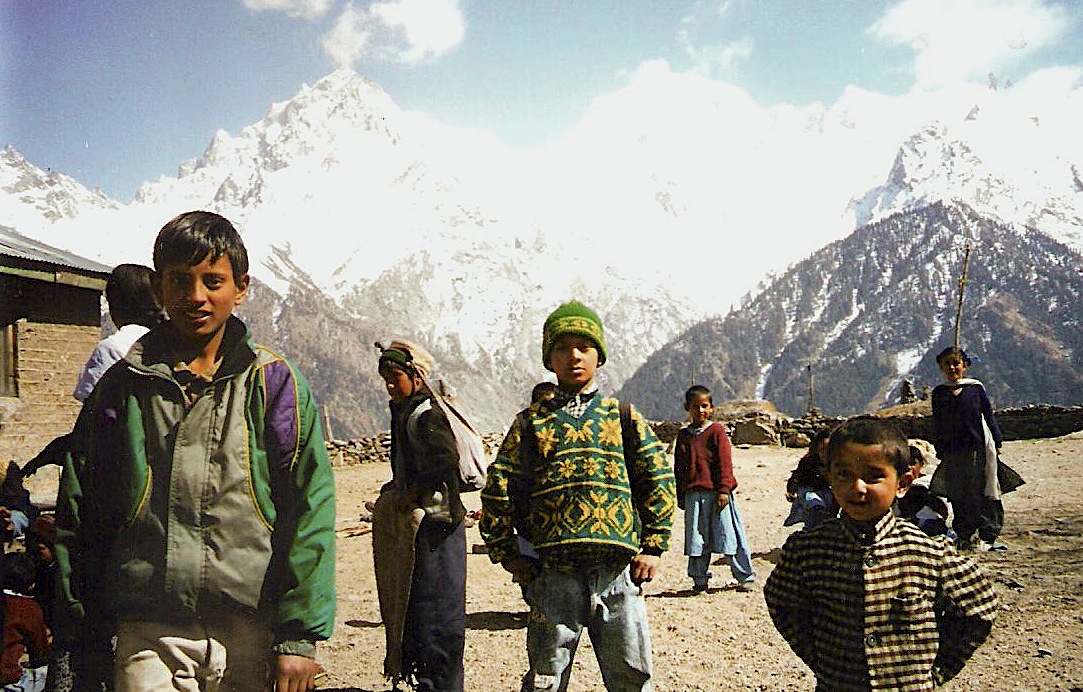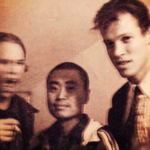By Larry Habegger
(an excerpt)
The best travel stories are really stories about life, with lessons for the writer and reader about ourselves and the people and places in our still magical world. We don’t have to travel far to explore both the outer and inner worlds. Some of us love to roam the world, close to the ground, under the radar. Others would rather stay close to home, poking into niches in nearby neighborhoods and discovering new meaning in everyday things. It doesn’t matter, really, which way you approach travel when you’re interested in writing about it. It’s all life experience, and the probing of meaning beneath the surface of things.
But travel writing is necessarily about place and the traveler’s relationship with it. What is it about the place, whether it’s a market in your own hometown or a souk in a medina, that captures, engages, or even repels you? What does that place tell you about the culture you are suddenly immersed in, the people who create it, and yourself? These answers don’t come readily, they require observation, reflection, teasing out. They require taking your time to draw in what’s around you and distill it through your own experience to find a truth for yourself, and then, once found, to communicate to others through your writing.
An easy way to begin this process (and a good way to get started writing anytime, even at your own desk) is to focus on all five senses and write about them in a simple journal. Think not just about what you see, but also about what you hear, smell, taste, and touch (or what touches you: the chair, the air, the breeze, the pen and paper in your hands). This helps you draw a portrait of the place and gives you entry points into deeper reflection, like a painter sketching a scene before applying the brush. This reflection will often lead toward vignettes that can develop into deeper, longer stories, but sometimes the vignettes will be enough to communicate a world of meaning. They tell a story of their own, sometimes the whole story. And telling stories is vitally important. It’s the way we learn, teach, and share our humanity.
Everyone knows the pleasure of a good story. When you’ve been on the road and had remarkable experiences, it’s great fun to tell your friends about what happened and how it moved you. Or as we all know, when things go wrong, the story gets so much better once enough time has passed. In fact, creating our own stories is one of the reasons we travel. But stories are much more than entertainment. Stories are the lifeblood of human interaction and have fueled the imagination about the outside world since time immemorial. Stories inform, enlighten, engage, communicate, open up the individual and create access to cultures and places that would otherwise remain mysterious, challenging, even threatening. Stories demystify while helping retain mystique. Stories make the exotic seem both more alluring and more accessible. Stories act as a magic carpet to explore concepts you might never otherwise know and prepare you emotionally and psychologically for adventures into foreign lands. And in the most practical sense, they help you decide what experiences you’d like to have or avoid, what places you’d like to visit or bypass.
The power of stories is so strong that often all it takes is a few words to create worlds of meaning. Take, for instance, James O’Reilly’s encounter in a French restaurant. In this simple vignette he communicates the influence of French culture on both dining and language and also on the behavior of outsiders, specifically, those with inadequate French.
The maître d’ fixes you with an intense gaze, and with a sweep of his hand grants permission to leave his exquisite, perfect restaurant. He says only “Bonsoir, monsieur,” but his words—so deep, rich (yes, mellifluous)—are a gift, a magnanimous act. You strive to reciprocate, but it comes out too high, absurd: “Bone-swahr,” a German dog biscuit which goes skittering across the floor to clatter at the feet of frowning diners. Alas, you are a caveman. You may as well go now to the coat check and ask for your skins and your club and shamble into the night.
Or consider my own account of seeing the Himalayas for the first time in an Indian hill town. Again, a simple few words creates a profound understanding of the power of place, and puts the reader squarely there.
I arrived in Darjeeling in a dense fog. Above the window in the living room of the teahouse was a panoramic photograph of the most magnificent mountains I had ever seen. I asked where the scene was. The proprietor tilted her head as if I were nuts and pointed out the window. “There,” she said.
I looked out at the solid bank of clouds and vowed to stay as long as necessary to see that sight. Each morning I’d wake up and eagerly look out my window but it was always the same gray mist, until one morning I awoke at dawn and sensed something different in the texture of the sky visible from my bed. My heart started to race. I sat up and there, filling the window and most of the sky was the glimmering massif of Kanchenjunga, dusted a brilliant red by the rising sun and sprawling across the horizon as if embracing the whole world. For many moments I disappeared into it, overcome by the sheer gravity of the mountain. I had never seen a more powerful vision.
These vignettes communicate far more to the reader than any practical information could, and it’s because they are stories. Stories touch our human core and reach our emotions, drawing us in to the possibilities in the world and between each other. Stories carry magical powers, and sharing stories can make all the difference in the world. The story you tell about your travels might create the same wanderlust in your friends, and inspire them to embark on a journey that could change their lives. Or you might motivate them to explore their own surroundings with greater awareness. You never know. Stories are like that. They are treasures, not to be hoarded, but spread around, enriching all.
See more:





